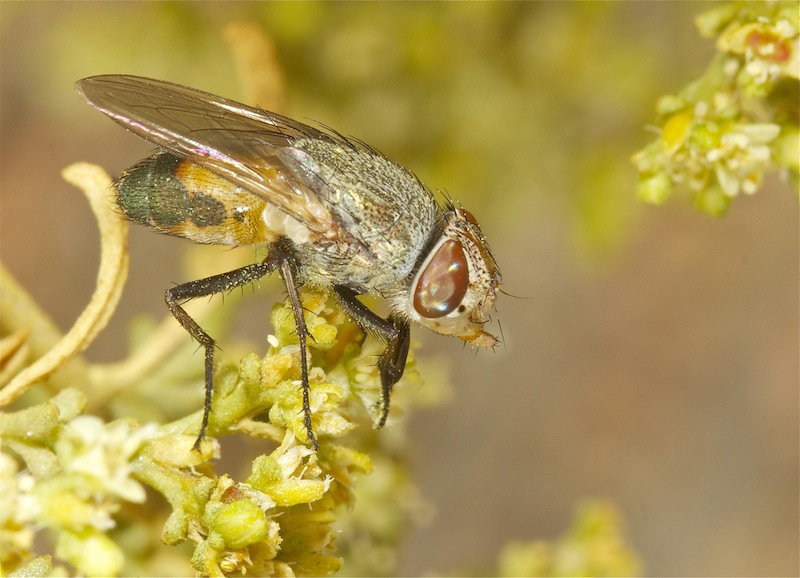Flesh Fly, Red-tailed Flesh Fly Sarcophaga sp., possibly
Sarcophaga haemorrhoidalis
Family: Sarcophagidae SubFamily: Sarcophaginae
There are about 200 species of flesh fly in Africa (Zumpt 1972; Pape 1996), placed primarily in the genus
Sarcophaga (from the Greek sarco- = flesh, phage = eating). South Africa has more than 40 species in this genus. Closely related to the blowflies (Calliphoridae), the flesh flies are of medical, veterinary and forensic importance.
Distribution
Western Cape, Eastern Cape, Lesotho, KwaZulu-Natal, Gauteng, to Namibia, Mozambique, East and West Africa, Europe, America
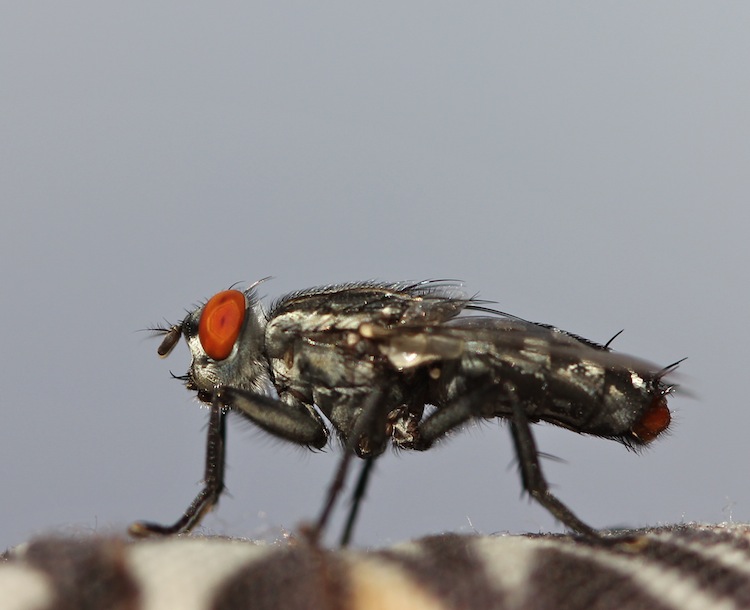
All photos taken Oct. and Nov. KTP
Description:
Sarcophaga sp.
Most species are very similar - generally robust, medium to large flies with a characteristically patterned thorax of THREE black longitudinal stripes, the abdomen is often a checkerboard pattern of black and gray spots, eyes are reddish, with clear wings. The tip of the abdomen is usually red or pink. They are easy to confuse with house flies (
Musca domestica) and face flies (
M. autumnalis), which have a thorax with FOUR dark longitudinal stripes, and an abdomen lacking the black and gray checkered pattern. Eyes in males do not join on top of head.

Three stripes, not four as in house and face flies

Shows orange tipped abdomen
Description:
Sarcophaga haemorrhoidalis
Commonly known as the red-tailed flesh fly.
Adults: Resemble house flies (Family Muscidae) in their general appearance, but are larger and more robust, ranging from 8 to 14 mm in length and by the presence of three dark longitudinal stripes on the thorax instead of four. They possess black-colored bodies covered with a whitish powder-like substance that gives them a grayish tint. Their abdomen has a distinct checkerboard-like pattern. The common name of this species comes from the presence of red-colored external genitalia visible at the terminal end of the abdomen,
though other sarcophagid species may also have this feature (Byrd and Castner 2001). Like many other sarcophagids, they have large compound eyes and the aristae of the antennae are long and are plumose at the base. The adult head has a row of frontal bristles near the enlarged median vertical area. The mouthparts are designed for lapping liquid media from sugar and decomposing sources. The dorsal mesothorax also possesses a row of longitudinal bristles; however, the bristles anterior to the scutum are rudimentary if present at all.
Larvae: The larvae are white to slightly yellow in color, and worm-like with a pointed head and are comparatively larger than other fly larvae, reaching 10 to 22 mm in length prior to pupation. Each instar has a pair of strong mandibles for tearing and eating flesh and other food substrates. Spiracles on the posterior end are located in a cavity that is fringed in triangular-shaped tubercles. Like other fly species, the number of slits in each spiracle are nearly parallel to each other and the larval midline, and are used to determine the age, or larval instar, of the maggot.
Pupae: The pupae are reddish-orange to dark brown and change colors as they age.
Life Cycle
Undergoes complete metamorphosis through four life stages: egg, larva, pupa, and adult. The complete life cycle takes approximately 23 days under laboratory conditions from 1st instar larvae to adult. Females engage in larviposition, wherein the eggs hatch inside the female and are then deposited as first instar maggots on decomposing flesh or excrement. Females have been known to larviposit on surface material above shallowly buried corpses where the larvae then tunnel through the burial material to get to the decomposing body.
Larvae prefer moist environments and can even survive in semi-aquatic conditions. On average, larvae complete three instars within five to six days before pupating, though other studies have shown larval duration to be seven to nine days at 25C°. The reason for these differences is that the larvae are greatly affected by temperature, with higher temperatures generally accelerating larval development, especially during the third instar.
Pupae develop more quickly at cool temperatures and are on average 12 mm in length and the entire pupal stage can take approximately 16 days. Eclosion of adult
S. haemorrhoidalis peaks in the morning tapering off through the day with no eclosion occurring during nighttime.
Within two to nine days after adults emerge from the puparia, copulation occurs. There is no known courtship ritual for this species; males have no specialized ability to identify females of the species. In fact, it has been noted that males will copulate with other males and dead flies. Additionally, the same male has been observed mating with the same female multiple times suggesting that this species does not have a pheromone or other cues to detect previous insemination as has been observed for other Dipteran species. After insemination, eggs are retained in the female and require a minimum incubation of nine days with an average of 13 days before larviposition occurs. Females can lay 40 to 80 first instar larvae per reproductive cycle.
Medical and Economic Importance
Flesh flies are of medical importance as they are one of 20 species known to cause gastrointestinal myiasis and the infestation of living tissue. Myiasis can occur in livestock, including ungulates, which can result in economic loss. The main reason that they are a myiasis-causing species is due to their attraction to feces and preference to larviposit indoors.
Forensic Importance
Is of particularly important to forensic entomology as it can be the first, or one of the first, arthropods to arrive at a corpse. The species is a strong flyer and has the ability to fly in inclement weather when other arthropod species are unable to fly. Like blow fly species, they are also used to determine the post-mortem interval (PMI) in death investigations, and because their development cycle is short, they are the most useful for the first three to four weeks after death. This species has also been used for PMI estimations on severely burnt remains.
http://en.wikipedia.org/wiki/Sarcophaga_africa
http://en.wikipedia.org/wiki/Sarcophaga_haemorrhoidalis
http://entnemdept.ufl.edu/creatures/mis ... sh_fly.htm
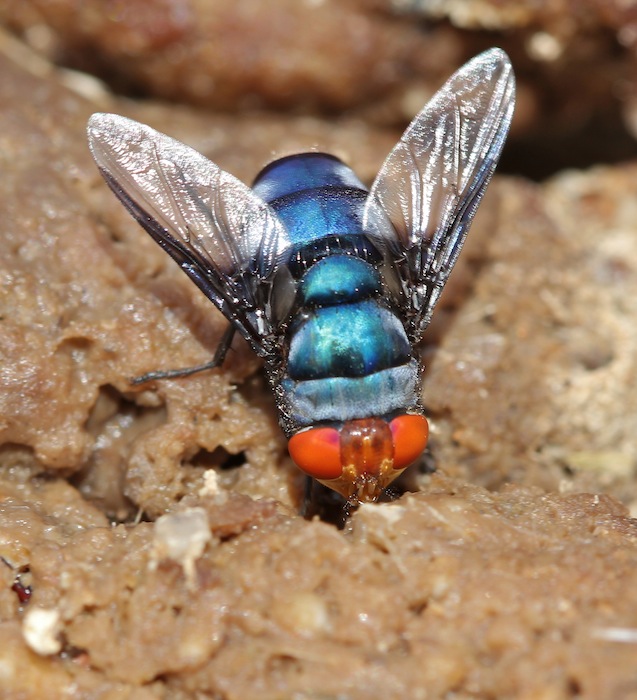

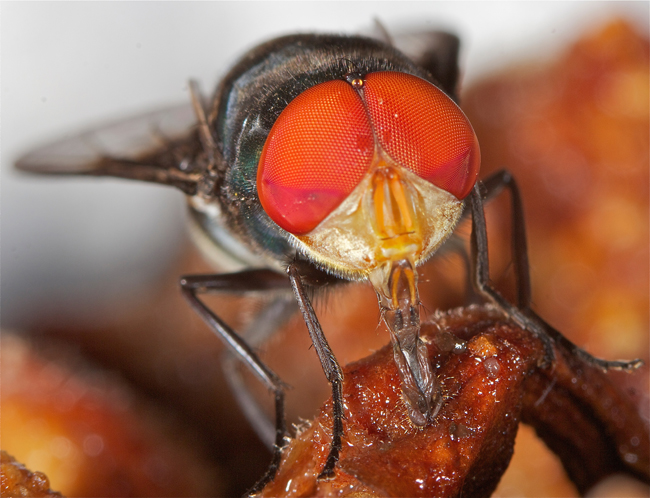



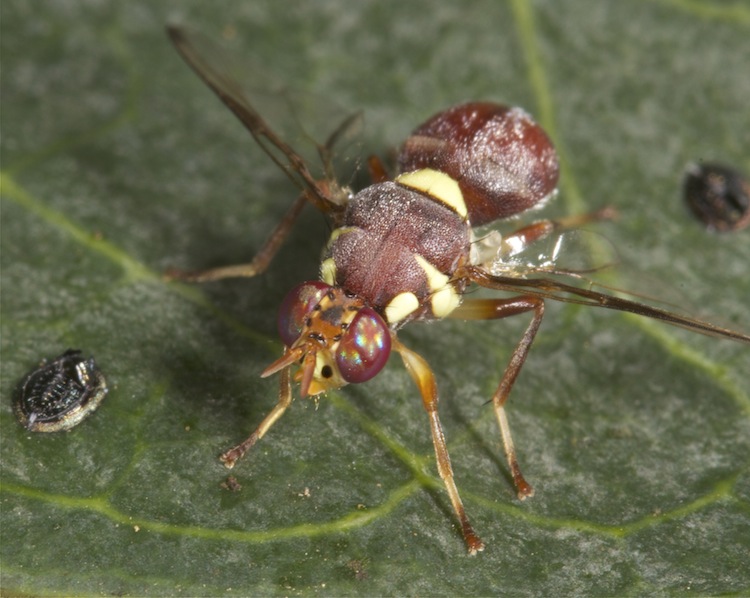
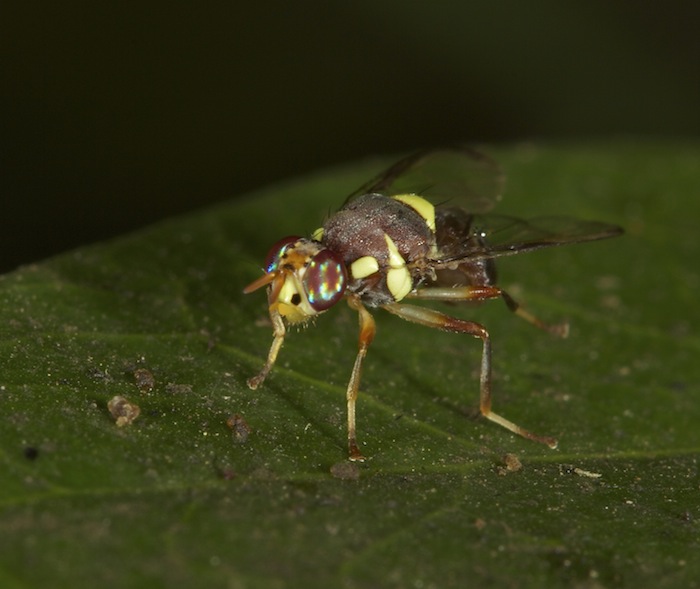
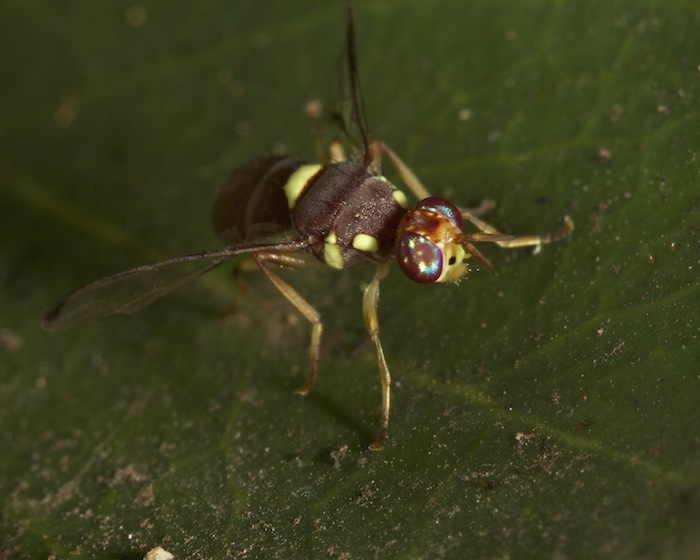



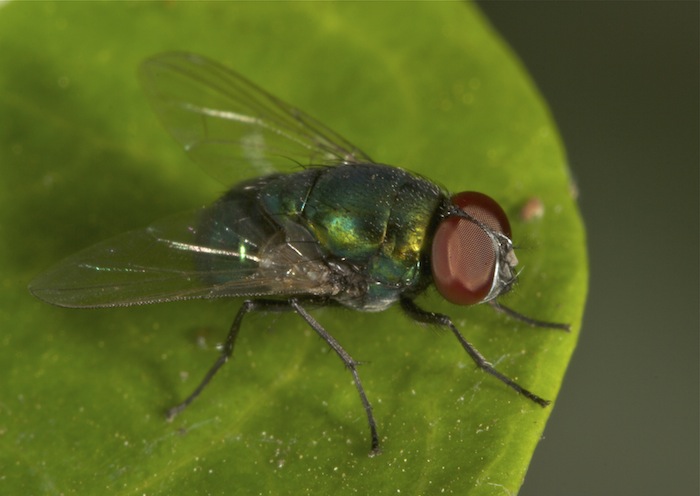 Male
Male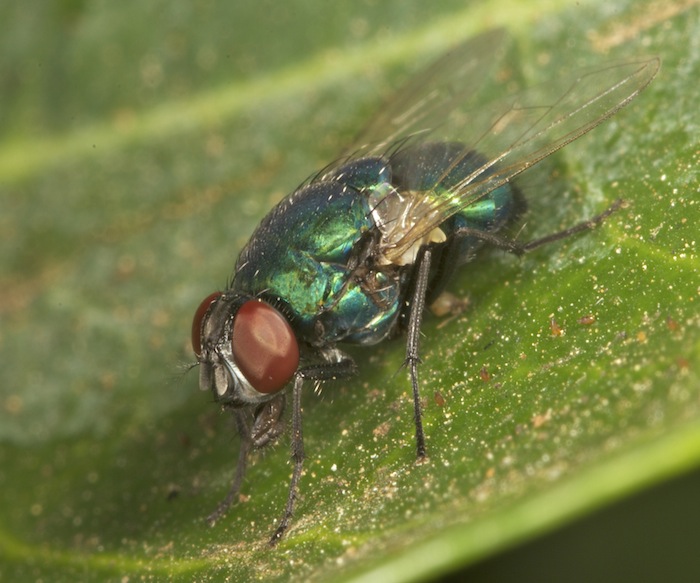 Female
Female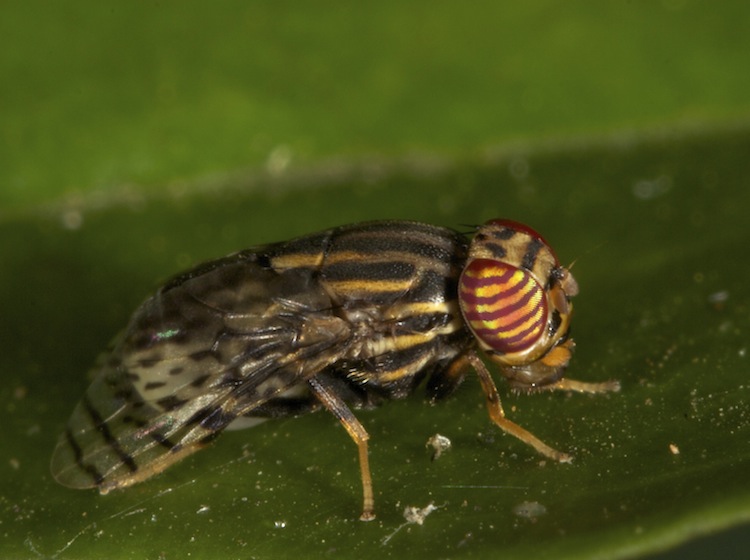

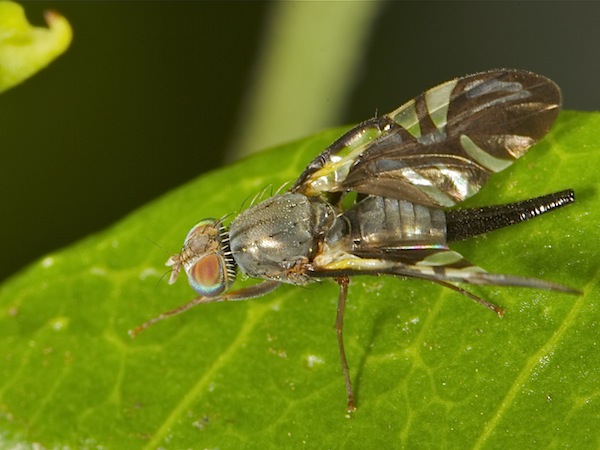 Female
Female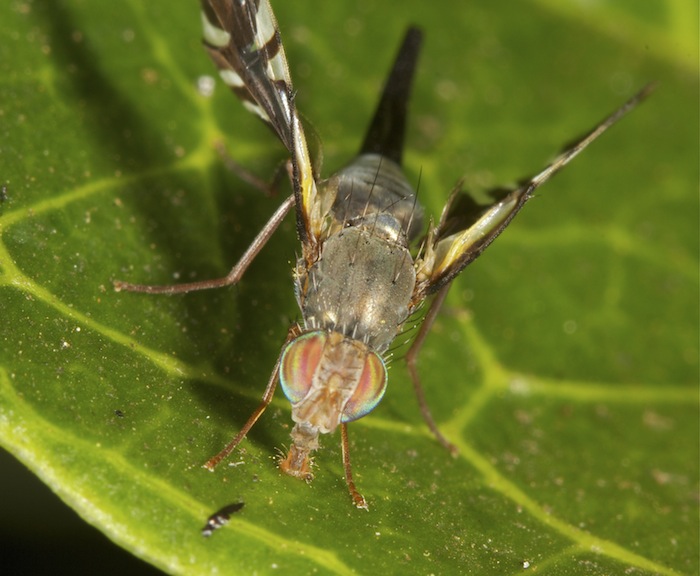

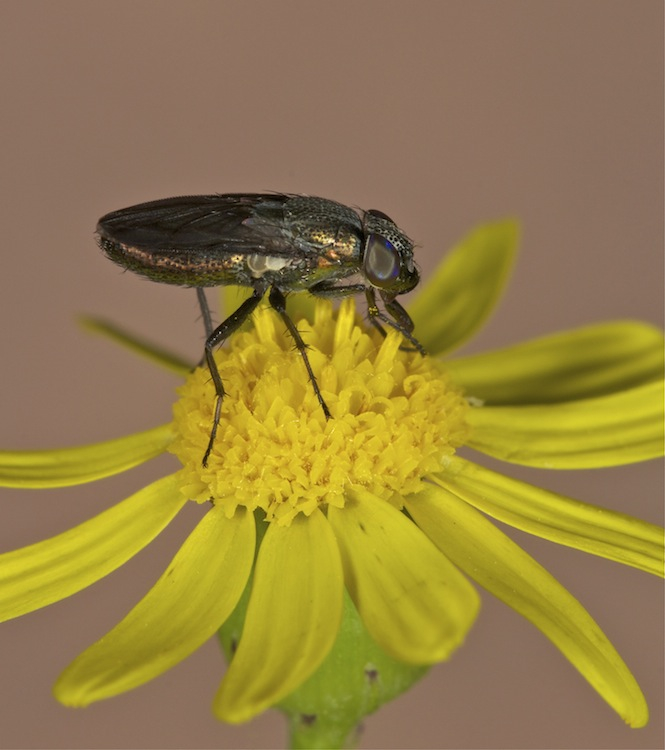
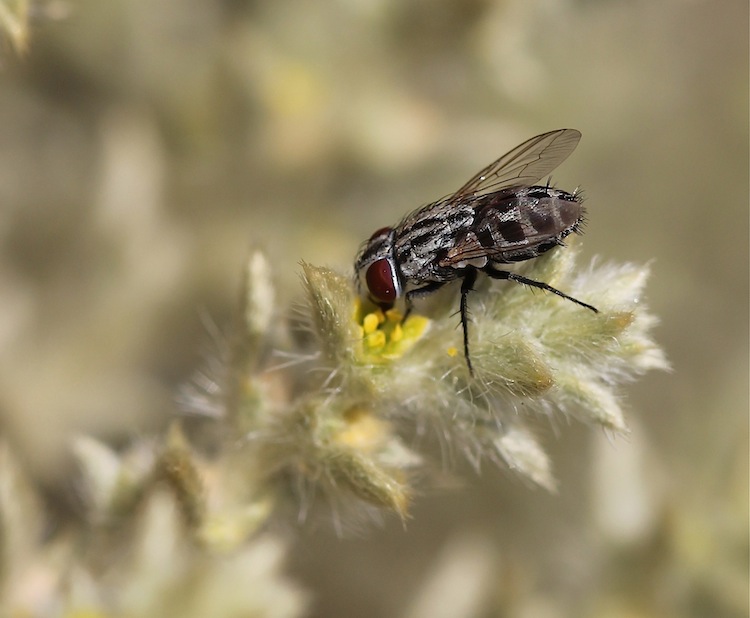 Female
Female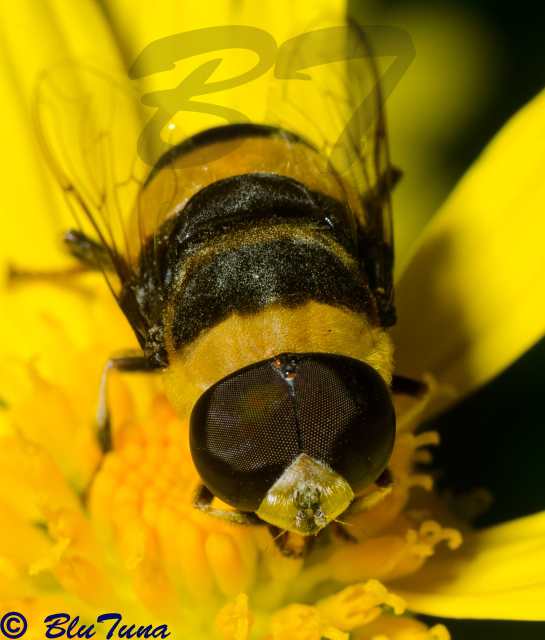 © BluTuna
© BluTuna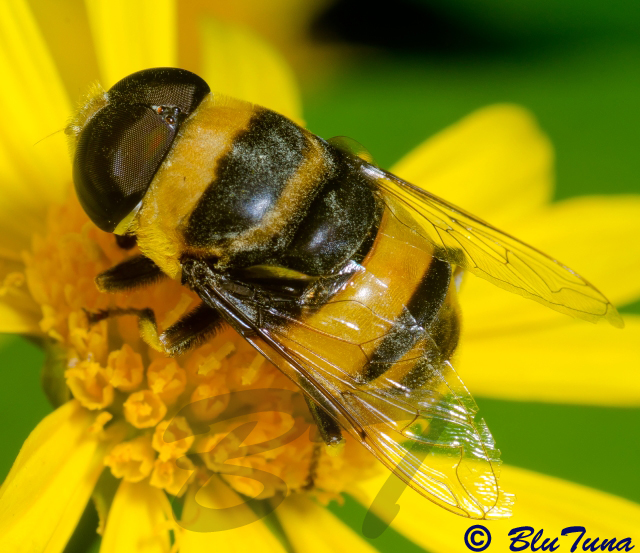 © BluTuna
© BluTuna